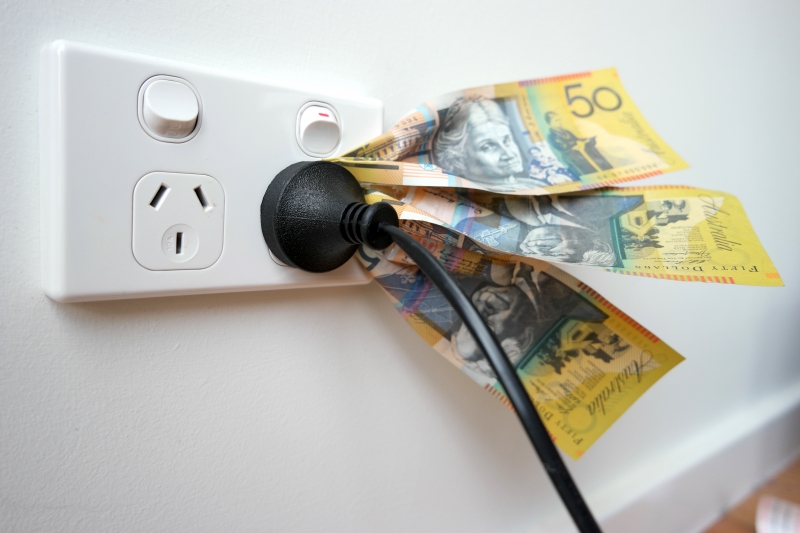The average residential electricity price hovers around 12 cents per kilowatt/hour and continues to increase each year. Electricity varies by state and some states have enjoyed less dramatic price increases than others.
Oregon has seen residential electricity prices rise by nearly 40% in the past decade, while other states have seen rates drop or remain the same. States, such as Texas, Ohio, and Pennsylvania have deregulated their energy marketplaces in a bid to make utility providers more competitive.
Ultimately, electricity prices are determined by a variety of factors, including a state’s environment, amount of regulation, natural resources, and even their location. Let’s examine which states enjoy the lowest utility rates nationwide and how consumers across the country are gaining access to cheaper energy.
Lowest vs. Highest State Electricity Prices
Would you have guessed that Hawaii has the highest residential and commercial electricity prices in the nation? Hawaii’s residential electricity price hovers around three times the national average, at $0.36/kWh.
One reason Hawaii suffers from high electricity rates is because it’s an island that relies on energy imports to power its electrical grid. Certain regulations, such as the Jones Act (which got headlines after Hurricane Maria), significantly raises the cost of imports and therefore energy resources.
According to the EIA, Hawaiian residents spend an average of $4,000 a year on energy costs alone. Although, Hawaii remains the state with the lowest consumer energy consumption in the United States.
On the other hand, Washington, Louisiana, North Dakota, Arkansas, and D.C. enjoy some of the lowest residential electricity prices in the nation. Residents of these states also receive some of the lowest utility bills in the nation, even accounting for natural gas prices, water, etc.
Of course, energy pricing doesn’t tell the whole story. California residents pay 40% more for electricity than the national average, but also have some of the lowest monthly utility bills in the United States. While electricity prices have risen nationwide in the past decade, it does not imply that residents are paying more for their utilities.
Reaching the Tipping Point
Environmental regulations and grid modernization could continue to drive energy prices higher in the short-term, but offset costs in the long-run. As the price of solar energy and renewables continue to drop, more people will have access to energy independent solutions free of monopolized energy marketplaces.
Deregulation will also help drive down residential and business rates for the states that institute these policies. Deregulated states like Texas enjoy some of the lowest utility bills in the nation. In the most deregulated energy city in America, Houston, residential electricity prices average around $0.08/kWh.
Deregulation provides opportunities for consumers to acquire greater purchasing power through energy aggregation buying markets. If consumers can acquire greater purchasing power and gain access to cheaper energy solutions without subsidies and fixed contracts, consumers could finally begin to enjoy low utility rates on energy services across the country.
Lower energy prices also frees up more capital for increased local investment, which entails low interest loans for homebuyers in deregulated states. States could learn from others who have lowered their energy prices and been able to institute smart energy policies that promote sustainability and affordability.
































No Comments
Leave a comment Cancel